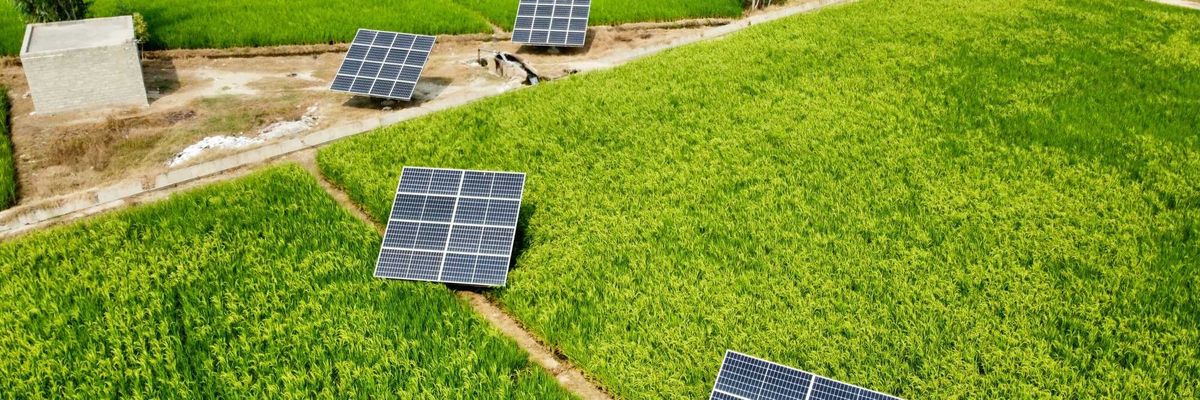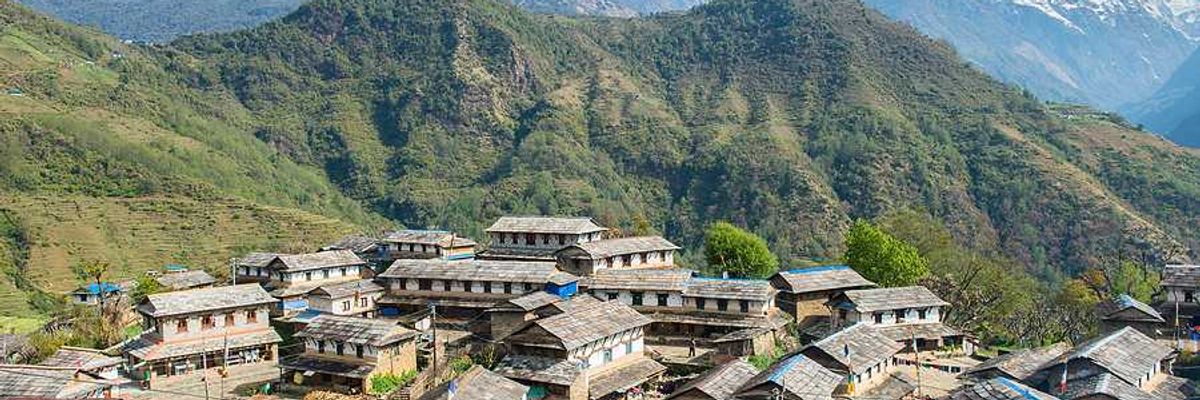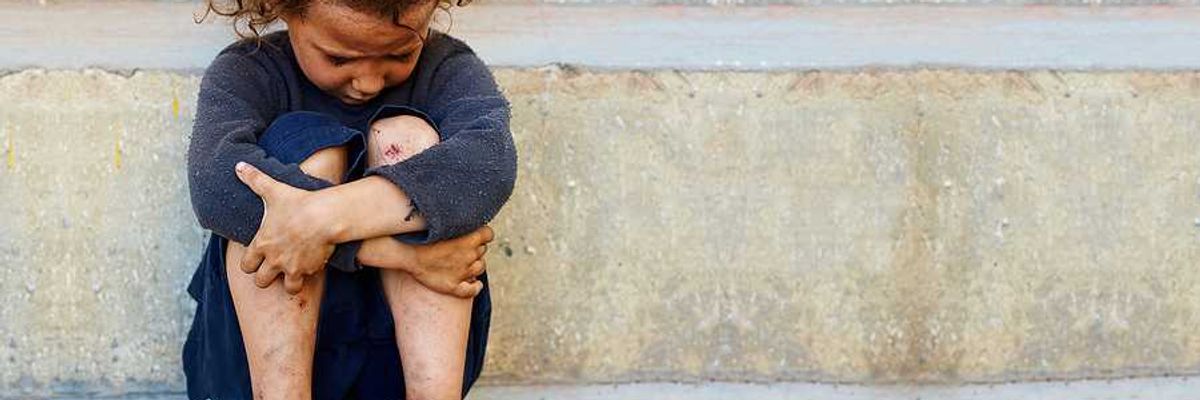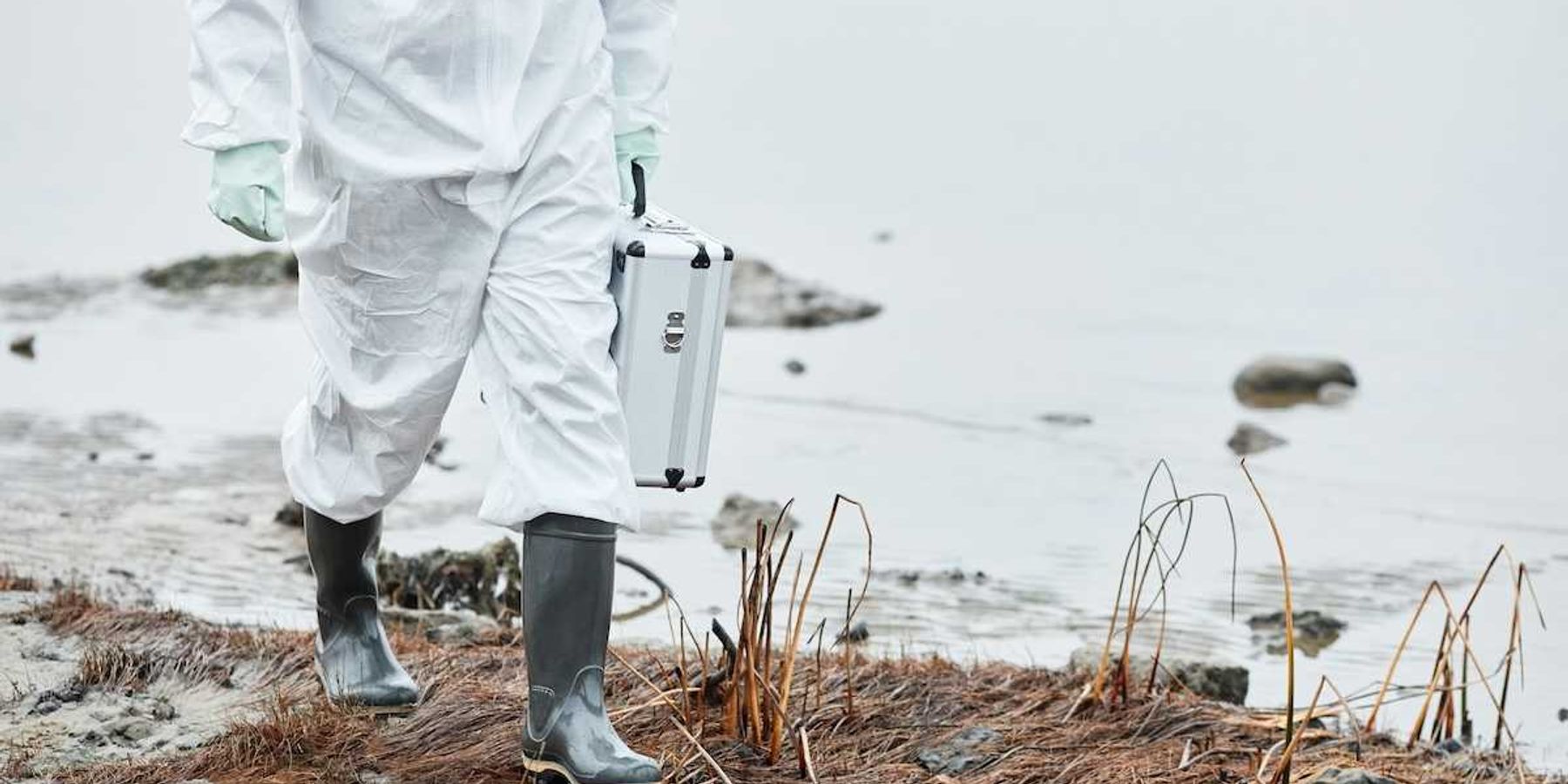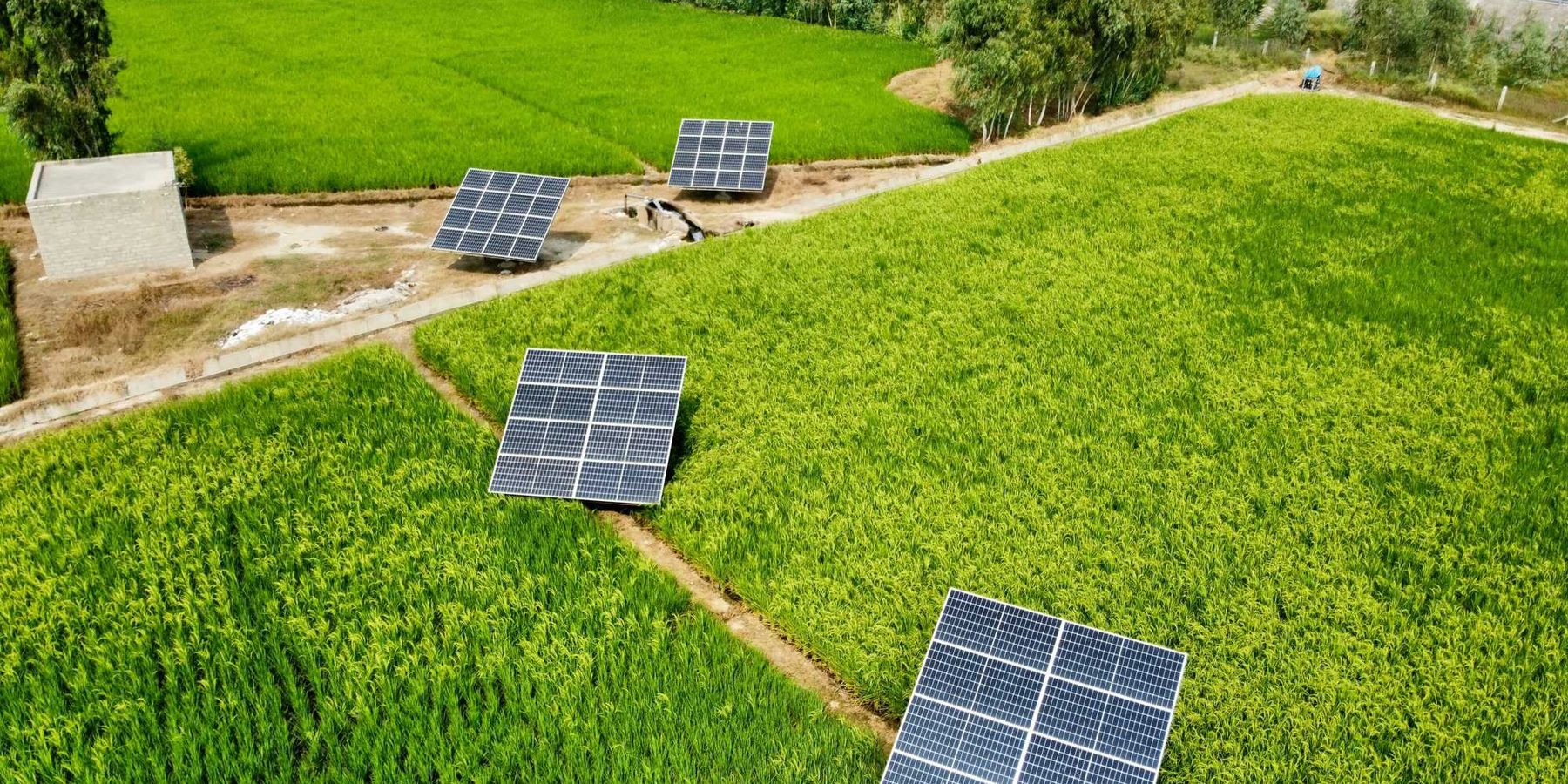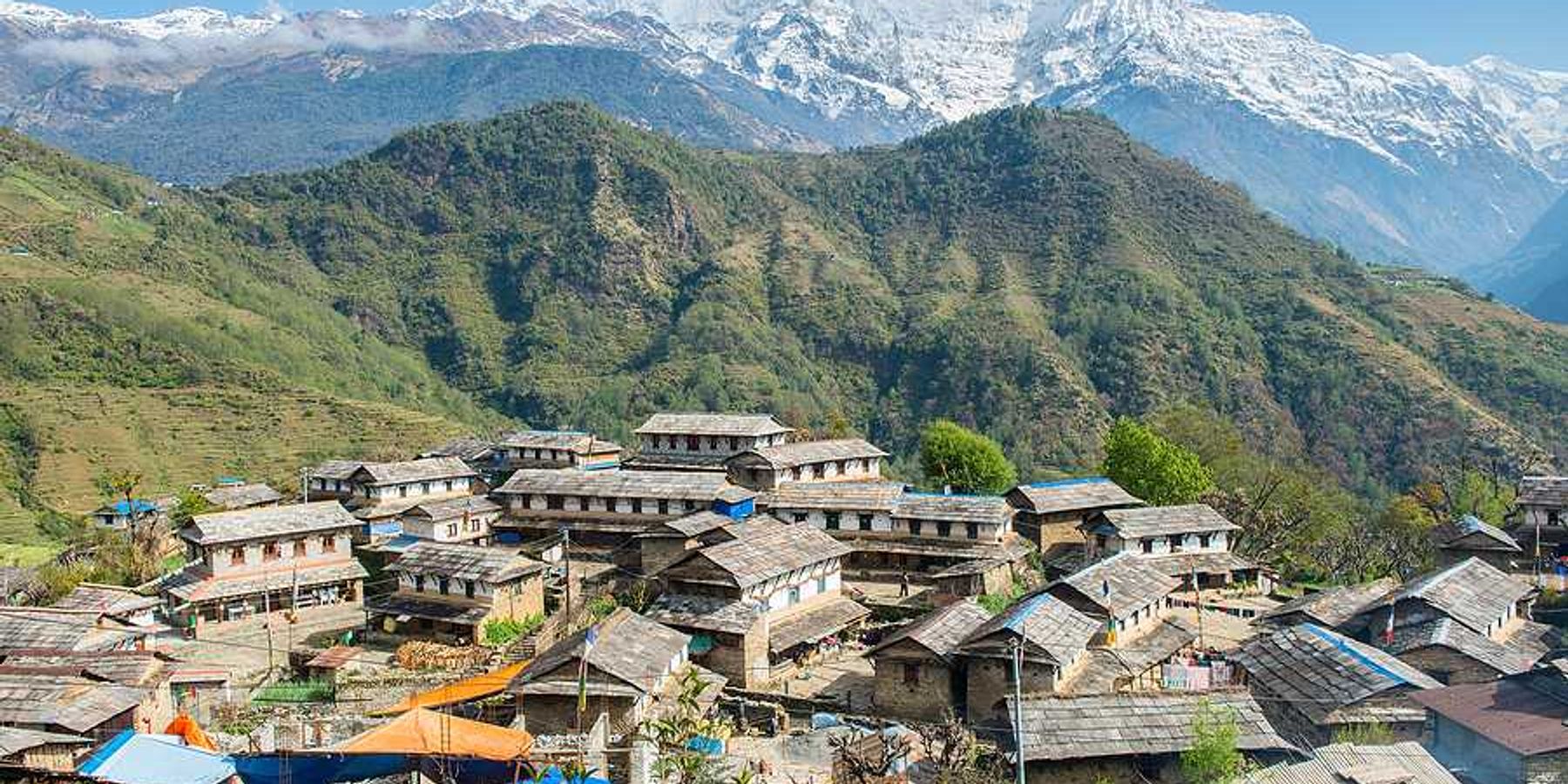pavement
Dangerous pavement burns increase as desert heat intensifies
As temperatures rise, severe pavement burns, particularly in the desert Southwest, are becoming more common and sometimes deadly.
Adeel Hassan and Isabelle Taft report for The New York Times.
In short:
- Stephen Cantwell suffered severe burns after passing out on a Las Vegas sidewalk during extreme heat.
- Burn centers in the Southwest report a significant increase in contact burns, with many cases proving fatal.
- Urban expansion in hot regions increases the risk, with asphalt and concrete absorbing and radiating extreme heat.
Key quote:
“Your body just literally sits there and cooks. When somebody finally finds you, you’re already in multisystem organ failure.”
— Clifford C. Sheckter, surgeon and a burn prevention researcher at Stanford University
Why this matters:
As climate change continues to drive temperatures higher, especially in urban areas, the risk of severe burns from hot surfaces is growing. Vulnerable populations, including the elderly, homeless, and children, are particularly at risk.
Related EHN coverage:
Harnessing urban stormwater could revolutionize city water management
Cities in the United States have the untapped potential to capture a significant amount of stormwater, which could lead to more sustainable water resource management.
In short:
- Urban planning historically treated stormwater as a nuisance, leading to innovative infrastructure developments to manage it sustainably.
- The Pacific Institute reports that American cities generate 59.5 million acre-feet of stormwater annually, a significant potential water source.
- “Sponge city” methods and smarter infrastructure can aid in utilizing stormwater, mitigating climate change impacts on water resources.
Key quote:
"There really is no reason why stormwater capture shouldn't be up there on the list of water sources for all communities in the country that are looking to secure their long-term supplies."
— Bruk Berhanu, senior researcher at the Pacific Institute
Why this matters:
Effective stormwater management is pivotal for health outcomes, as it ensures a resilient water supply amidst intensifying droughts and floods due to climate change, and plays a crucial role in urban sustainability.
As of 2021, stormwater infrastructure in the U.S. has a grade of "D" from the American Society of Civil Engineers.
Cities embrace nature by removing concrete for greener spaces
In a global movement, cities are replacing stretches of concrete with natural landscapes to foster environmental resilience.
In short:
- Cities worldwide are removing unnecessary concrete and asphalt, allowing natural elements to reclaim urban spaces.
- Depaving efforts enhance water absorption, reduce flooding, support wildlife, and improve urban mental health.
- The practice is increasingly seen as essential for climate adaptation, with some cities integrating it into official urban planning.
Key quote:
"Before, it was somewhere you would quickly try to walk through. Now there are places you might stop or have a chat. Sit and read the paper."
— Giuliana Casimirri, executive director of Green Venture
Why this matters:
By reintroducing nature into cities, we not only combat climate change effects like flooding and heatwaves but also enhance urban biodiversity and residents' well-being.
Be sure to read: In urban parks and forests, scientists dig to unearth answers to an age-old question—why are people healthier (and happier) when surrounded by nature?
Richard B. Rood: America's summer of floods: What cities can learn from today's climate crises to prepare for tomorrow's
Cities need new types of pavement that can absorb a flood
Climate change is altering rainfall patterns, making storms more intense in many locations. Meanwhile, more people are moving to cities around the world. The combination of those two trends adds up to an increased risk of urban flooding.
Heat island or greenhouse gases? Which is more to blame for heat?
The engineers battling to stop global warming ruining roads
One of the biggest problems with roads is their vulnerability to high temperatures. Extreme heat can soften pavements, leading to more cracks, buckling and rutting or surface depressions.

